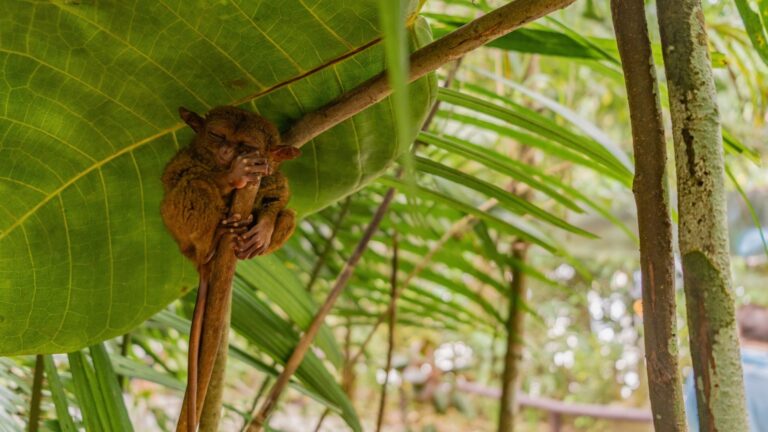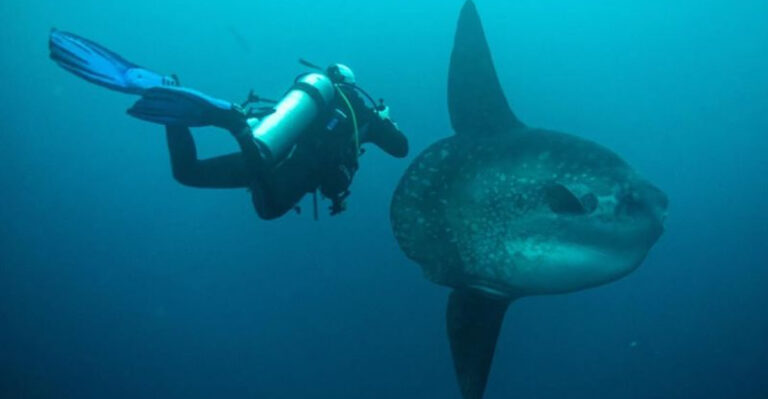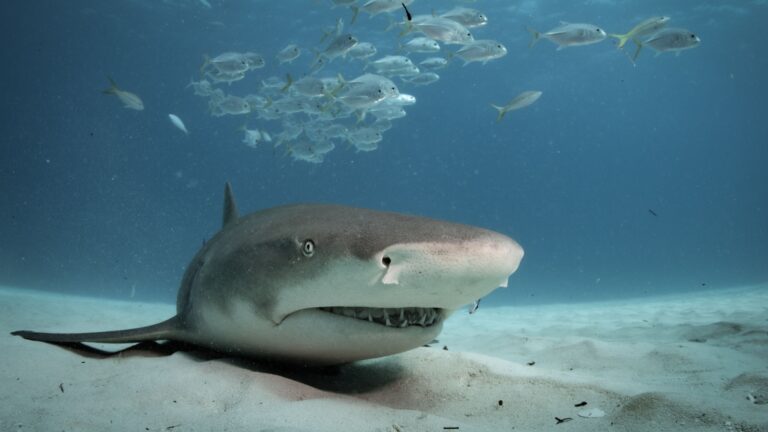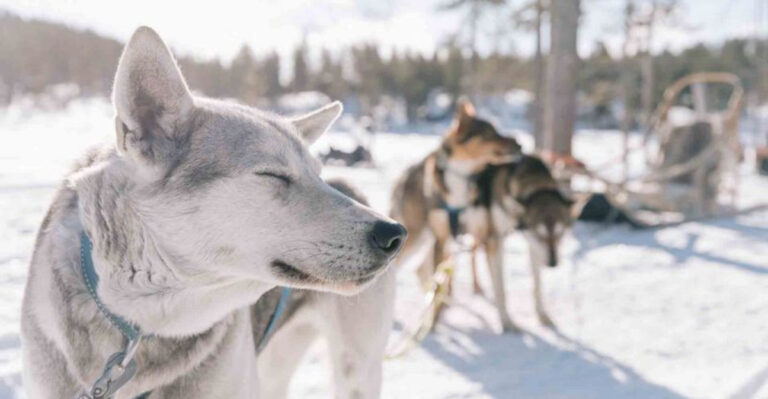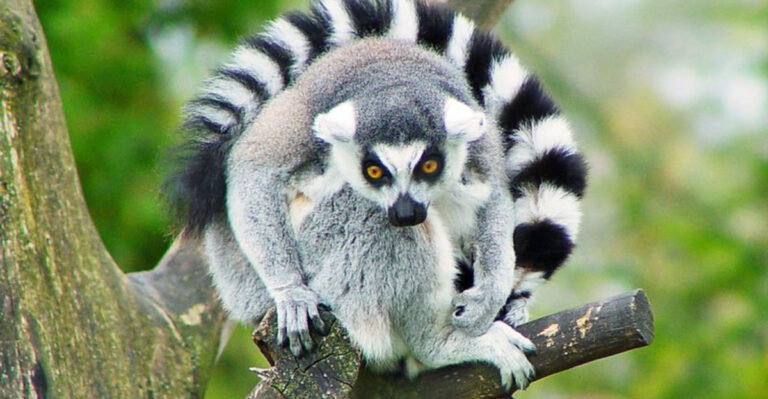Copperhead Vs. Pine Snake: What Are The Differences?

Ever mistaken a harmless snake for a venomous one? This confusion happens more often than you might think, especially when it comes to copperheads and pine snakes.
These two reptiles share some similarities but are fundamentally different creatures with distinct characteristics. Understanding these differences isn’t just fascinating—it could potentially save you from a dangerous encounter in the wild.
1. Venom Factor
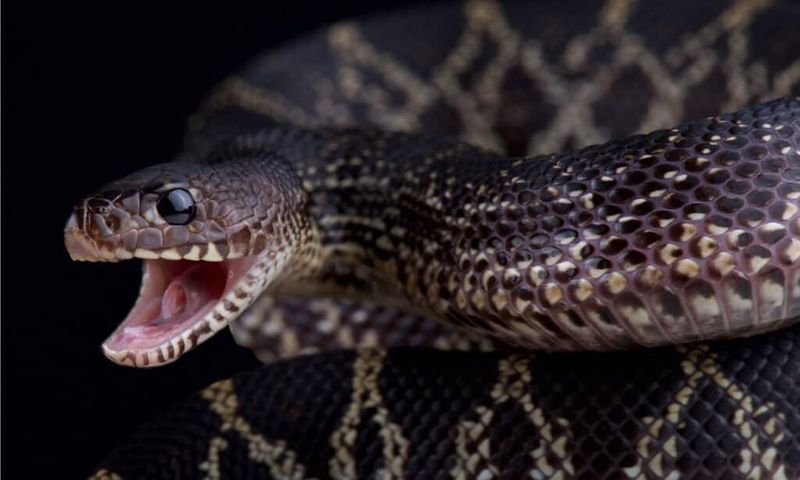
Danger lurks in a copperhead’s bite! These snakes pack a venomous punch that can cause severe pain, tissue damage, and in rare cases, serious complications.
Pine snakes, on the other hand, are completely non-venomous. They might look intimidating when threatened, but their bite poses no toxic danger to humans, making them relatively harmless woodland neighbors.
2. Distinctive Head Shapes
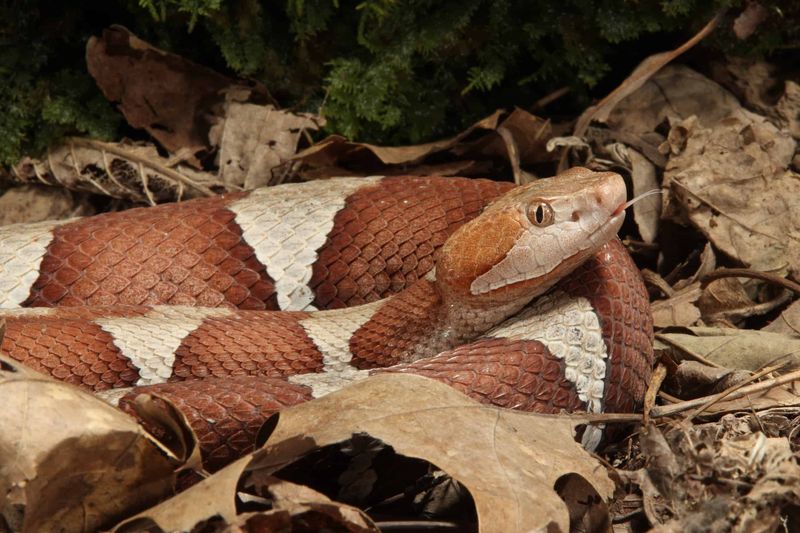
Look at that triangular noggin! Copperheads sport the classic viper-shaped head—broad, distinctly triangular, and clearly wider than their neck, housing venom glands on each side.
Pine snakes have a much more streamlined appearance with oval-shaped heads that blend more naturally with their neck. This subtle difference is one of the most reliable ways to tell these serpents apart.
3. Pattern Perfection
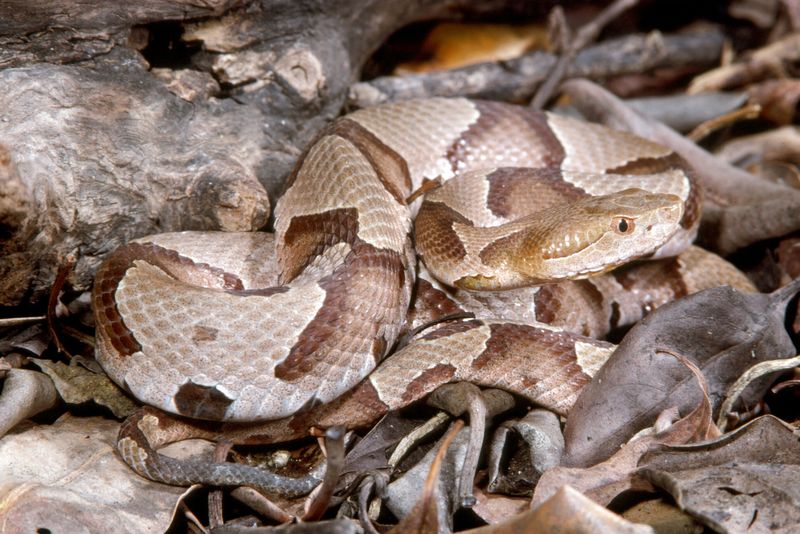
Nature gave copperheads their signature hourglass or Hershey’s Kiss-shaped bands that run across their bodies. These copper-colored markings on a pinkish-tan background create an unmistakable pattern that serves as a warning sign.
Pine snakes flaunt bold, blocky blotches that don’t form complete crossbands. Their pattern resembles a series of dark saddles or squares along their spine, with smaller spots along the sides.
4. Size Showdown
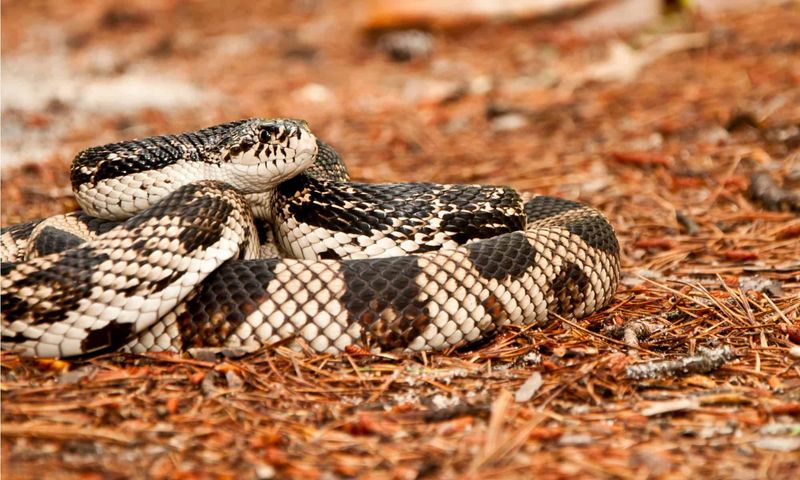
Measuring up these slithering creatures reveals quite a difference! Copperheads typically reach 2-3 feet in length, making them relatively compact compared to many North American snakes.
Pine snakes are the larger contenders, often growing between 4-6 feet long. Their impressive size makes them some of the largest non-venomous snakes in their range, giving them a more imposing presence in the forest.
5. Eye-opening Differences
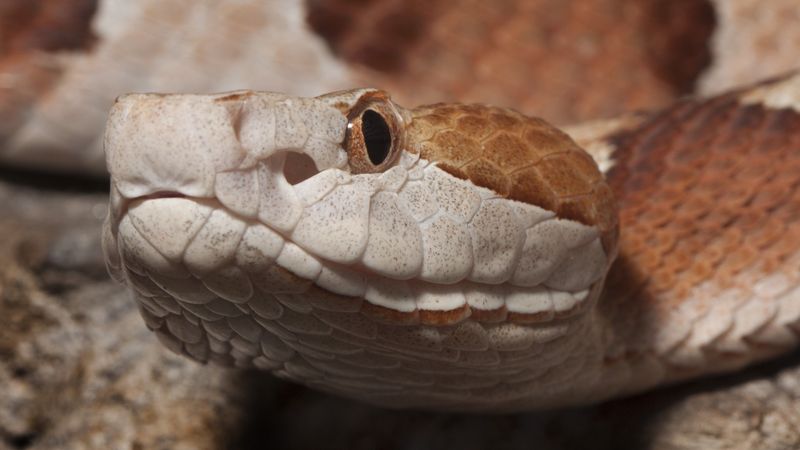
Peering into a copperhead’s eyes reveals vertical, elliptical pupils similar to a cat’s eye. This distinctive feature is common among venomous pit vipers and helps with hunting in low-light conditions.
Pine snakes have round pupils that resemble those of many non-venomous snakes. This eye shape difference provides a quick visual clue when trying to identify which snake you’ve encountered on the trail.
6. Habitat Preferences
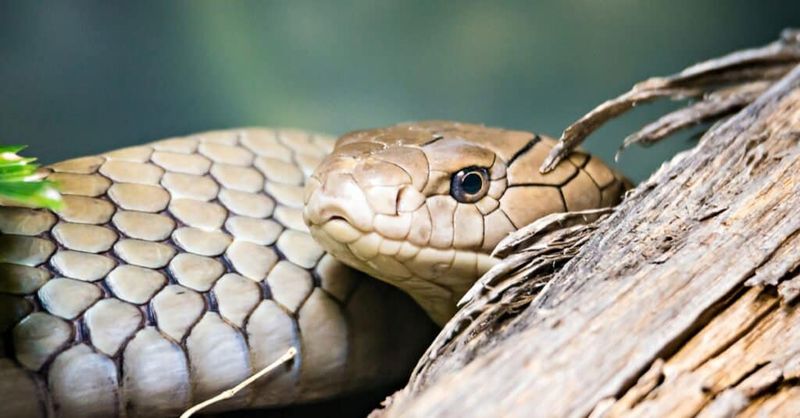
Rocky outcrops, wooded areas, and abandoned farmland make copperheads feel right at home. These adaptable snakes thrive in environments with plenty of cover and nearby water sources.
Pine snakes prefer sandy soil habitats like pine forests, scrublands, and sandy ridges. Their specialized habitat needs explain their name and more limited distribution compared to the widely-ranging copperhead.
7. Burrowing Behaviors
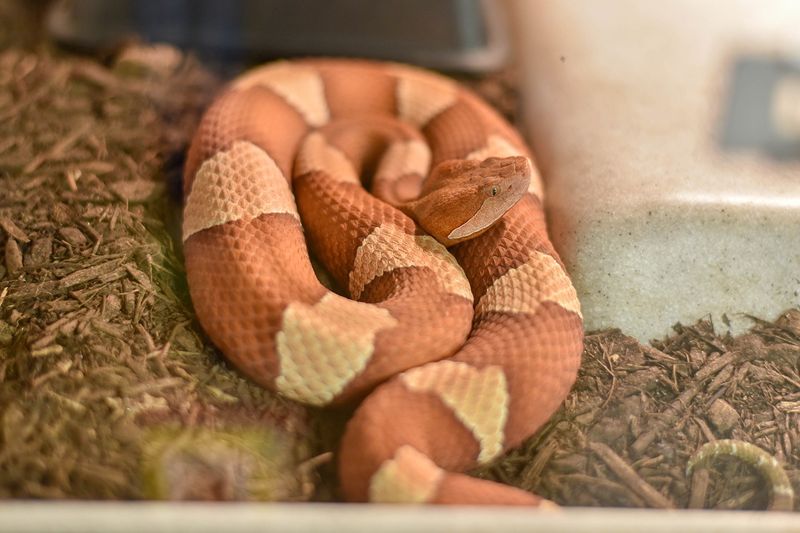
Rarely will you catch a copperhead digging its own home. These snakes typically use existing shelters like rock crevices, logs, or abandoned mammal burrows rather than creating their own underground retreats.
Pine snakes are accomplished excavators! Their pointed snouts and powerful muscles allow them to dig extensive tunnel systems in sandy soil. This impressive burrowing ability sets them apart from many other snake species.
8. Defensive Tactics
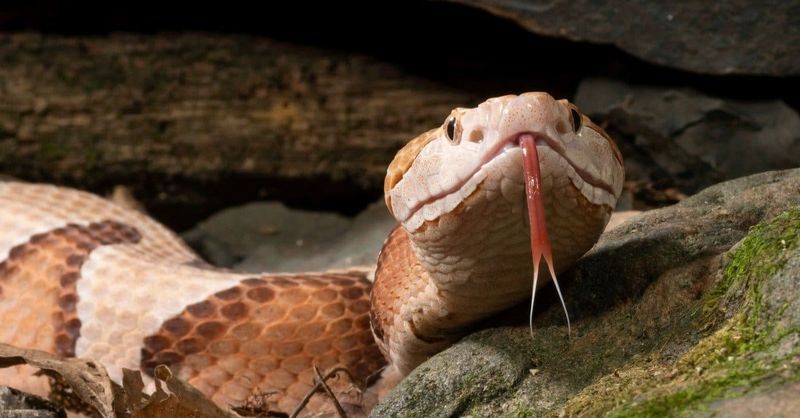
When threatened, copperheads often freeze in place, relying on their camouflage to avoid detection. If that fails, they’ll vibrate their tails (mimicking a rattlesnake) before striking as a last resort.
Pine snakes put on quite a show! They’ll hiss loudly, vibrate their tails, flatten their heads, and strike repeatedly. Despite this intimidating display, it’s mostly bluff—they rarely bite even when handled.
9. Feeding Strategies
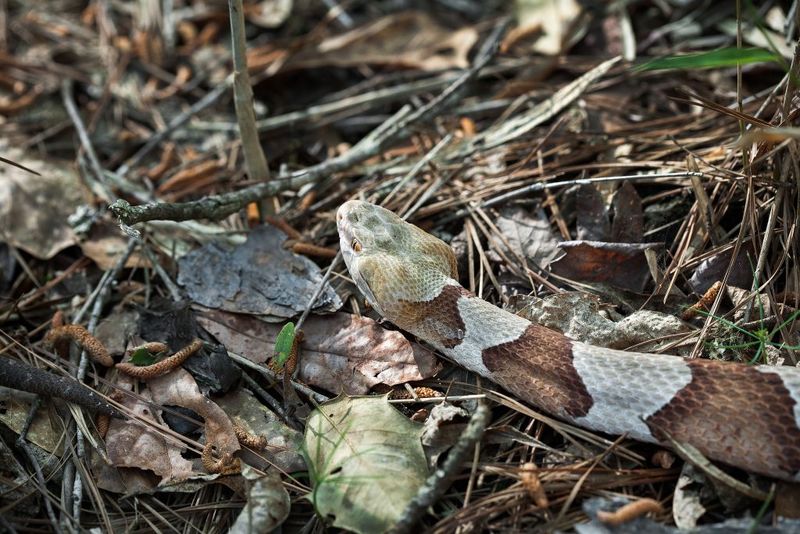
Ambush predators through and through, copperheads patiently wait for prey to wander by. They strike quickly, injecting venom, then track the dying animal using their heat-sensing pits and excellent chemical detection.
Pine snakes actively hunt their meals, pursuing prey into burrows or nests. They use their strong bodies to constrict victims, squeezing until the prey can no longer breathe, before swallowing them whole.
10. Reproduction Methods
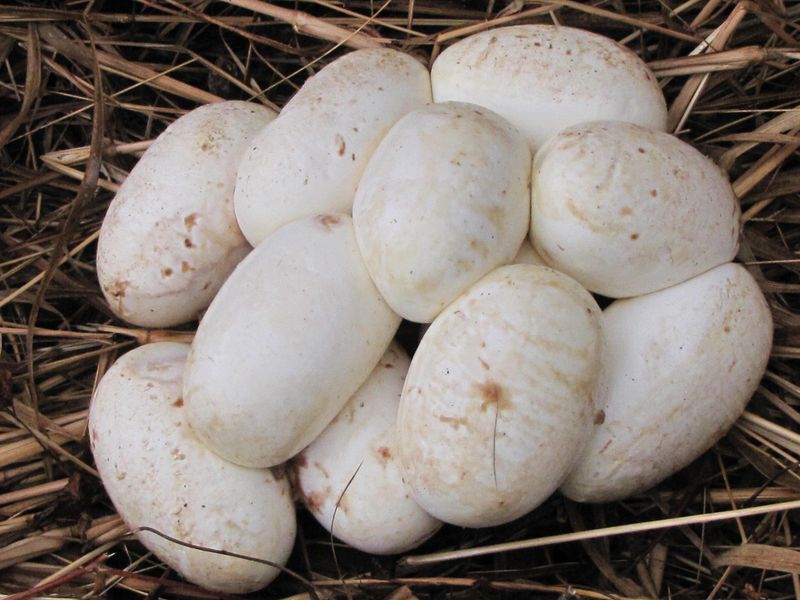
Baby-making differs dramatically between these serpents! Copperheads are ovoviviparous, meaning females retain eggs inside their bodies until the young are ready to be born live, typically producing 2-10 babies per litter.
Pine snakes lay eggs, making them oviparous. A female will deposit 3-24 eggs in a hidden nest, usually in sandy soil, and then abandon them to develop and hatch on their own.
11. Heat-Sensing Abilities
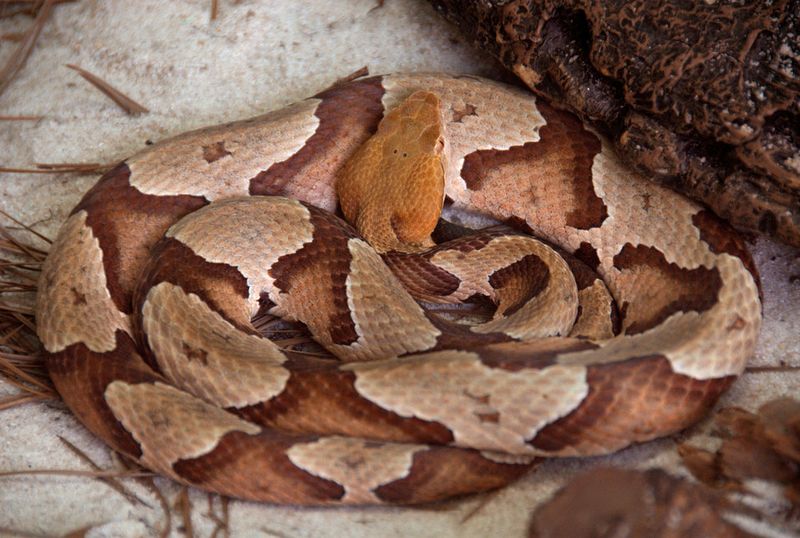
Between their eyes and nostrils, copperheads have special heat-detecting pits that work like infrared sensors. These remarkable organs can detect temperature differences as small as 0.003°C, allowing them to locate warm-blooded prey even in complete darkness.
Pine snakes lack this high-tech hunting equipment. They rely instead on their excellent vision, sense of smell, and ground vibration detection to locate prey.
12. Geographic Range
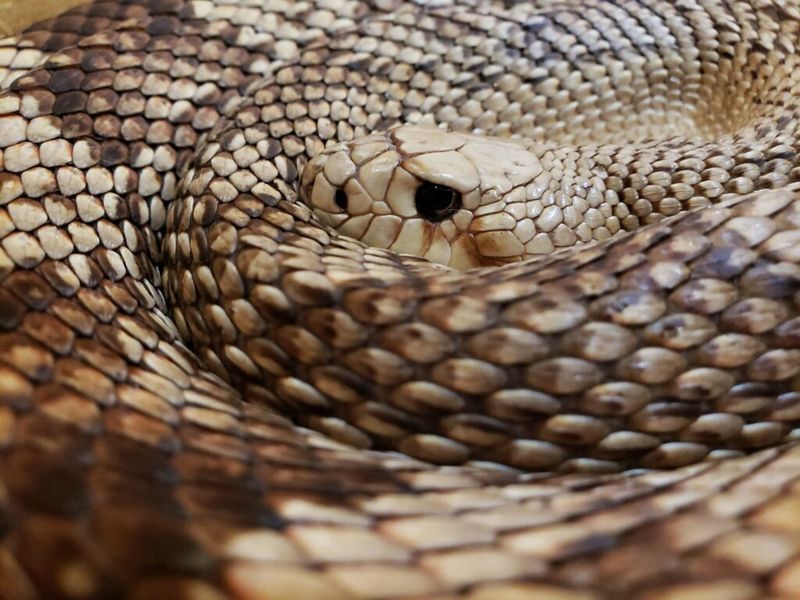
From Massachusetts to Texas, copperheads have claimed a vast territory across the eastern and central United States. Their adaptability has allowed them to thrive in diverse environments across roughly 27 states.
Pine snakes have a more limited distribution, primarily found in the pine barrens of New Jersey, parts of the southeastern coastal plain, and scattered populations in the Appalachians and Midwest.
13. Body Build
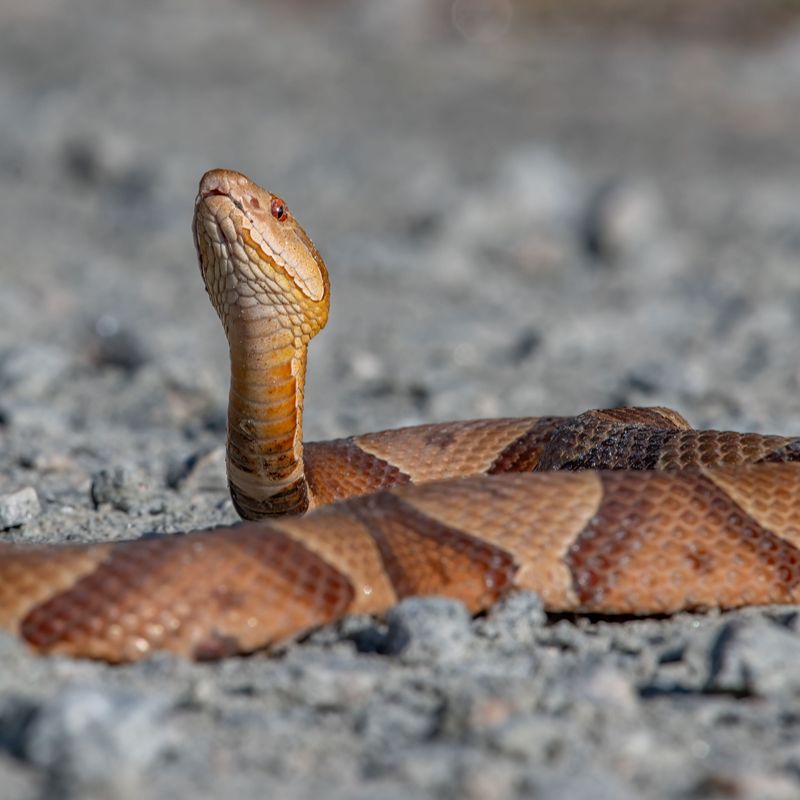
Stocky and thick-bodied, copperheads have a robust build that’s characteristic of pit vipers. Their somewhat heavy bodies help them conserve heat and energy while waiting for prey to approach.
Pine snakes display a more muscular, powerful physique with a thicker mid-section. Their strong bodies enable them to overpower prey and navigate through soil when burrowing, giving them a distinctly athletic serpentine appearance.
14. Climbing Capabilities
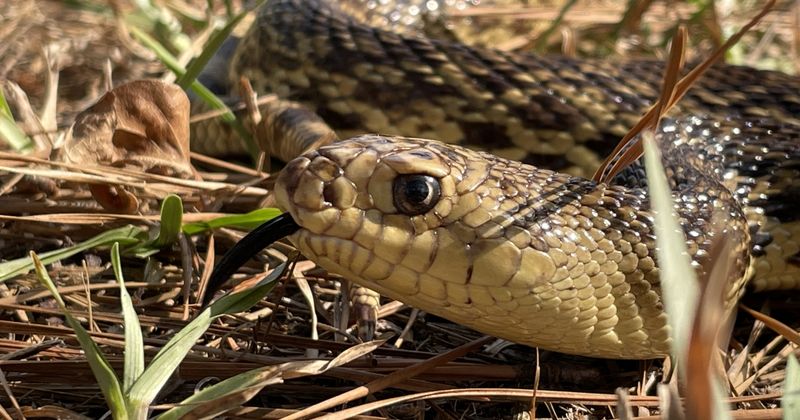
Surprisingly agile in trees, copperheads often climb to hunt birds, bats, and tree frogs. Young copperheads especially spend considerable time in low branches, expanding their hunting territory beyond the forest floor.
Pine snakes rarely take to the trees, preferring to keep their powerful bodies on or under the ground. Their specialized adaptations for burrowing make them less suited for arboreal adventures than their copper-colored counterparts.
15. Lifespan Differences
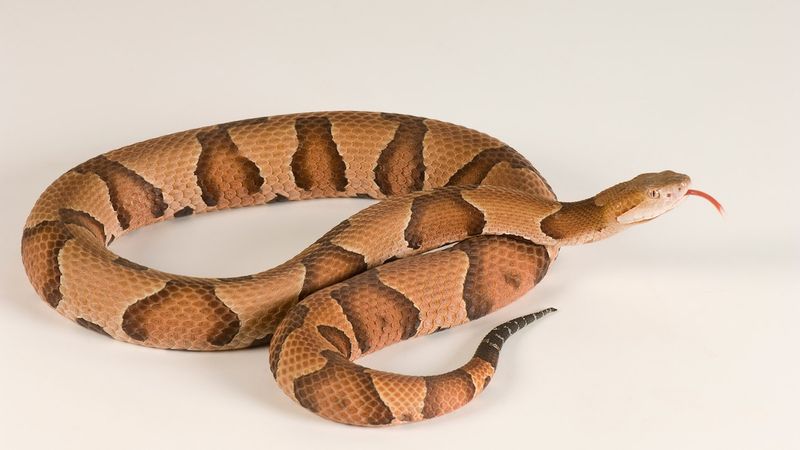
Father Time treats these reptiles differently! Copperheads typically survive 12-18 years in the wild, though some individuals have reached their mid-20s in protected environments.
Pine snakes enjoy greater longevity, often living 20-30 years in natural settings. Their larger size and fewer natural predators contribute to their extended lifespan, giving them nearly a decade more than their venomous lookalikes.
16. Winter Survival Strategies
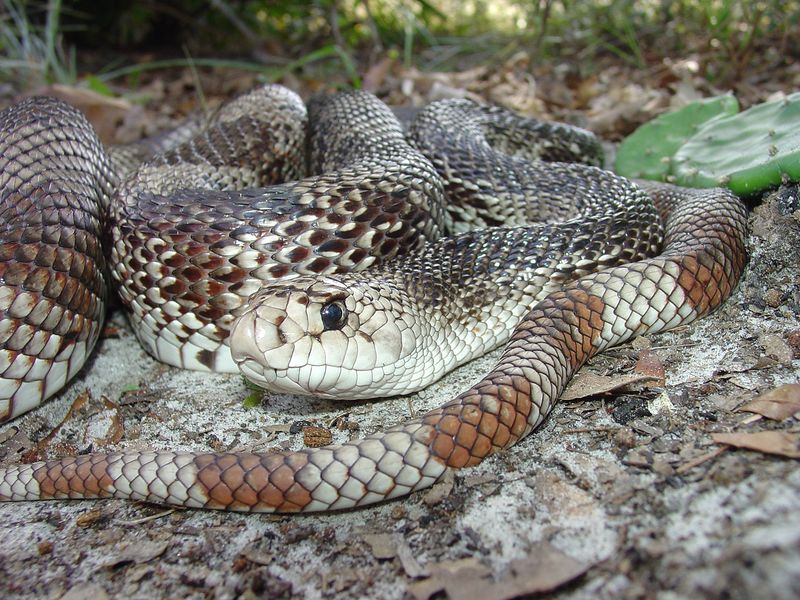
Brumation (reptilian hibernation) sees copperheads gathering in communal dens called hibernacula. Sometimes dozens will share the same winter quarters, often reusing the same site year after year.
Pine snakes take a more solitary approach to winter, typically brumating alone in their self-created burrows. Their powerful bodies allow them to dig deep enough to escape freezing temperatures without needing to share body heat.

